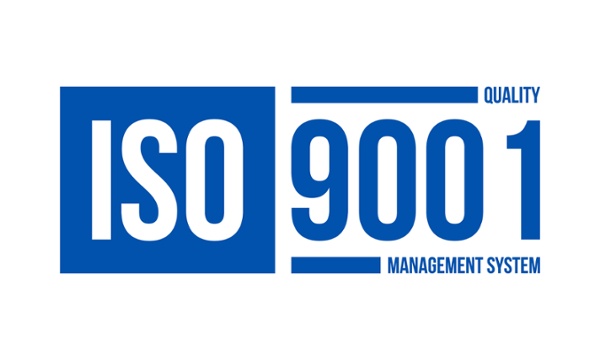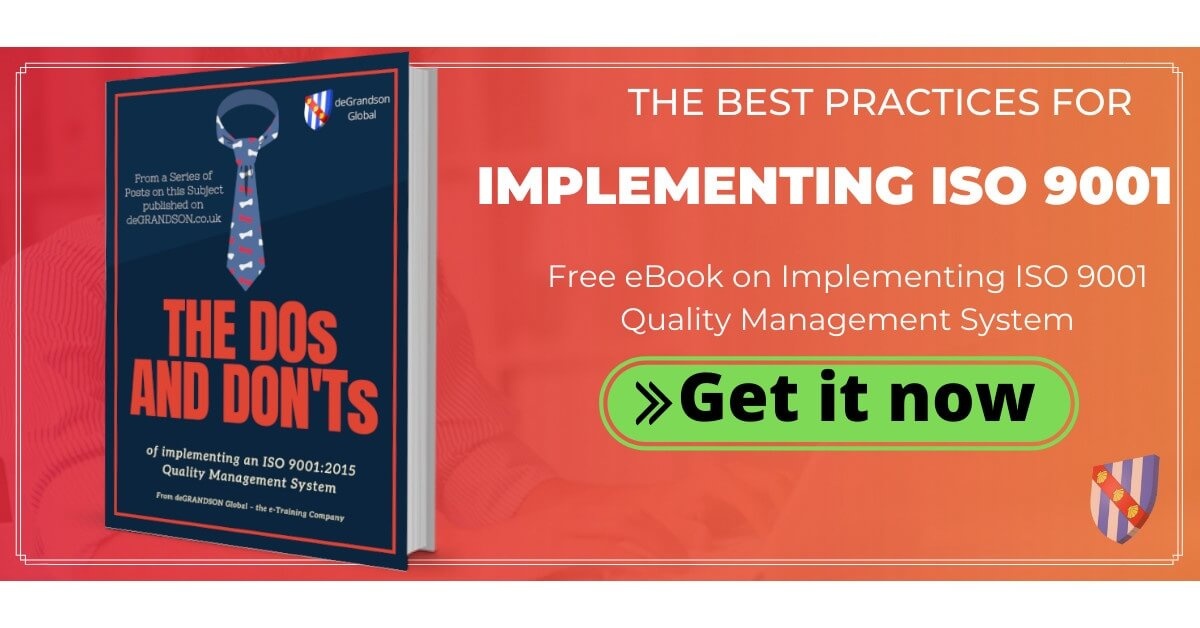Where to begin is frequently a question that executives wishing to secure an ISO 9001 Certification ask. In this article, we'll suggest a practical 5-Step process that you can take to get started (often the most challenging part).
The knowledge and information given here are essential if you and your colleagues are to make an informed decision as to the following:
a) whether ISO Certification is suitable for your organisation at this time and
b) as to the amount of effort and resources that would be required.
Read on to learn more.
Table of Contents
- Step 1: Get an Overview of a Quality Management System
- Purpose of a Quality Management System
- Advantages of Having a Quality Management System
- Other ISO Standards Related to ISO 9001
- The management system standard: ISO 9001:2015
- The Technical Standard ISO/NP TS 9002:2016 Quality management system -- Guidelines for the application of ISO 9001:2015
- ISO 9000:2015 Quality management system - Fundamentals and vocabulary
- ISO 9004:2016 Managing for the sustained success of an organisation - A quality management approach
- Application of ISO 9001:2015
- Step 2: Get an Overview of the Initiation, Planning and Implementation Processes
- Step 3: Get Copies of relevant ISO standards
- Step 4: Get Training for Yourself
- Step 5: Make a Decision
How to Prepare for ISO 9001 Certification
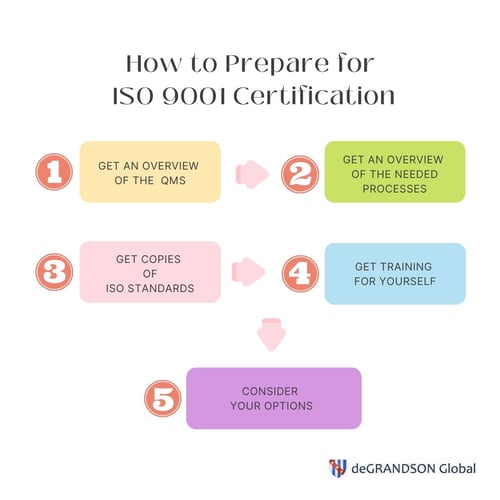
Step 1: Get an Overview of a Quality Management System
Purpose of a Quality Management System
Quality is fundamentally about an organisation's ability to consistently provide products and services that meet customer requirements.
Adopting a quality management system is a strategic decision for an organisation that goes beyond the ability to provide a quality product or service. It can help to improve the organisation’s overall performance and provide a sound basis for sustainable improvement initiatives.
Advantages of Having a Quality Management System
The potential benefits to an organisation of implementing a Quality Management System (QMS) based on ISO 9001:2015 are:
- Having the ability to consistently provide products and services that meet customer and applicable statutory and regulatory requirements;
- Being able to facilitate opportunities to enhance customer satisfaction;
- Being able to address risks and opportunities associated with its context and objectives;
- Having the ability to demonstrate conformity to an internationally-recognised quality management system requirements.
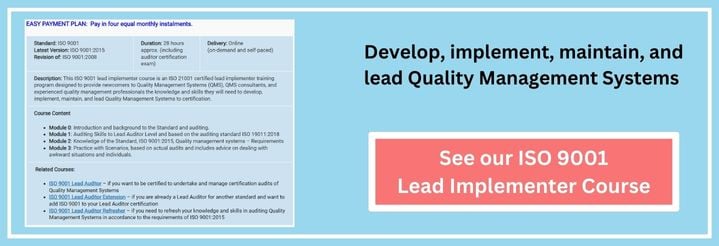
ISO 9001 Lead Implementer Course image map. Click on the image thumbnail to see the course summary in full size, or click the button on the other side to see the complete course overview.
Other ISO Standards Related to ISO 9001
ISO publishes four standards that focus directly on an organisation's QMS:
- The management system standard: ISO 9001:2015. This standard is the specification for a QMS.
- The Technical Standard ISO/NP TS 9002:2016 Quality management system -- Guidelines for applying ISO 9001:2015. This standard provides extensive knowledge on all aspects of a QMS and has copious examples from which you can draw. Note: This is not a Normative Reference in ISO 9001:2015; therefore, applying it to your QMS is not mandatory.
- ISO 9000:2015 Quality management system - Fundamentals and vocabulary provides essential background for adequately understanding and implementing ISO 9001:2015. Note: This is a Normative Reference in ISO 9001:2015; therefore, it is a mandatory requirement that should be applied to your QMS.
- ISO 9004:2016 Managing for the sustained success of an organisation - A quality management approach guides organisations that choose to progress beyond the requirements of ISO 9001:2015. This Standard is intended for organisations with mature quality management systems; it is not generally used when first designing and implementing a QMS. Note: This standard also is not a Normative Reference in ISO 9001:2015; therefore, it is not mandatory to apply it to your QMS.
These standards are copyright-protected text and must be purchased. (For purchasing information, refer to section 1, "Purchase ISO standards.")
Application of ISO 9001:2015
All the requirements of ISO 9001:2015 are generic and are intended to apply to any organisation, regardless of its type or size or the products and services it provides.
These standards form the framework within which you will establish a QMS. That framework is described in the next section. This framework can be applied (with some modification) to any of the ISO Management System Standards (ISO 14001, ISO 45001, etc.)
Your first objective is to inform yourself about what’s involved in designing, implementing and maintaining a Management System. To begin:
Step 2: Get an Overview of the Initiation, Planning and Implementation Processes
The ’33 Steps to ISO 9001:2015 Certification’ flowchart is on the right. Please download a copy and study it carefully and note…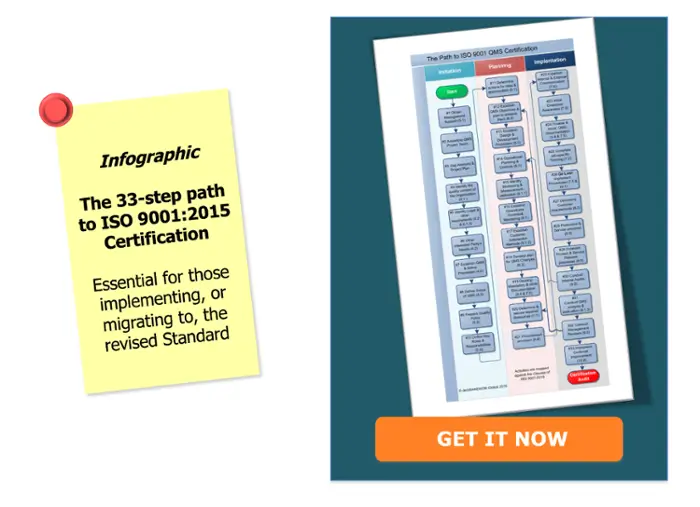
- It’s a PDF file to print and/or save as you wish.
- The main headings throughout our Implementation Handbook have numbers in brackets (e.g. #12) to indicate the correspondence between the topic under consideration and the Step number in the Flowchart being addressed.
- The numbers in brackets at the bottom of each activity box (e.g. 8.1 & 10.1) are the Clause Number(s) corresponding to the requirement being addressed by the activity in question.
The 33 Steps have been set out in a simple sequence for ease ofeasytanding. In reality, you will frequently be working on several steps simultaneously. This will help reduce the overall timescale for the project. When project planning with your project team, you should seek out and document such opportunities.
Relating the 33 Steps to the Standard is not immediately apparent. The Implementation Model, where each of the six elements is mapped against the main parts of the Standard, may help. The 33 Steps will take you through each of the six elements in a logical sequence.
Step 3: Get Copies of relevant ISO standards
Before establishing a QMS and drafting the various documents for your QMS, you should purchase copies of the pertinent ISO standards, namely:
- The management system standard: ISO 9001:2015. This standard is the specification for a QMS. It sets out the requirements for an auditable QMS. It provides the standard against which QMS certification audits are performed, including the required documentation. An organisation that seeks certification of its QMS is examined against this standard.
- The Technical Standard ISO/NP TS 9002:2016 Quality management system -- Guidelines for applying ISO 9001:2015. This standard provides extensive knowledge on all aspects of a QMS, especially for Small and Medium-sized Enterprises and Service Industries (which historically have had difficulty interpreting ISO 9001). It contains copious examples from which you can draw.
You can purchase these standards from the following online stores:
- The ANSI online store: https://webstore.ansi.org
- The ISO Online Shop: https://www.iso.org/store.html
- The Estonian Standards Shop: https://www.evs.ee/search
- Or from your National Standards Institute/Authority.
Step 4: Get Training for Yourself
If you still need to become a lead auditor, you need to get to that level so that the decision to proceed with the Project is adequately informed.
In addition to conventional Lead Auditor Training, we offer Lead Implementer Training, among others. Check out the infographic below to see your options.
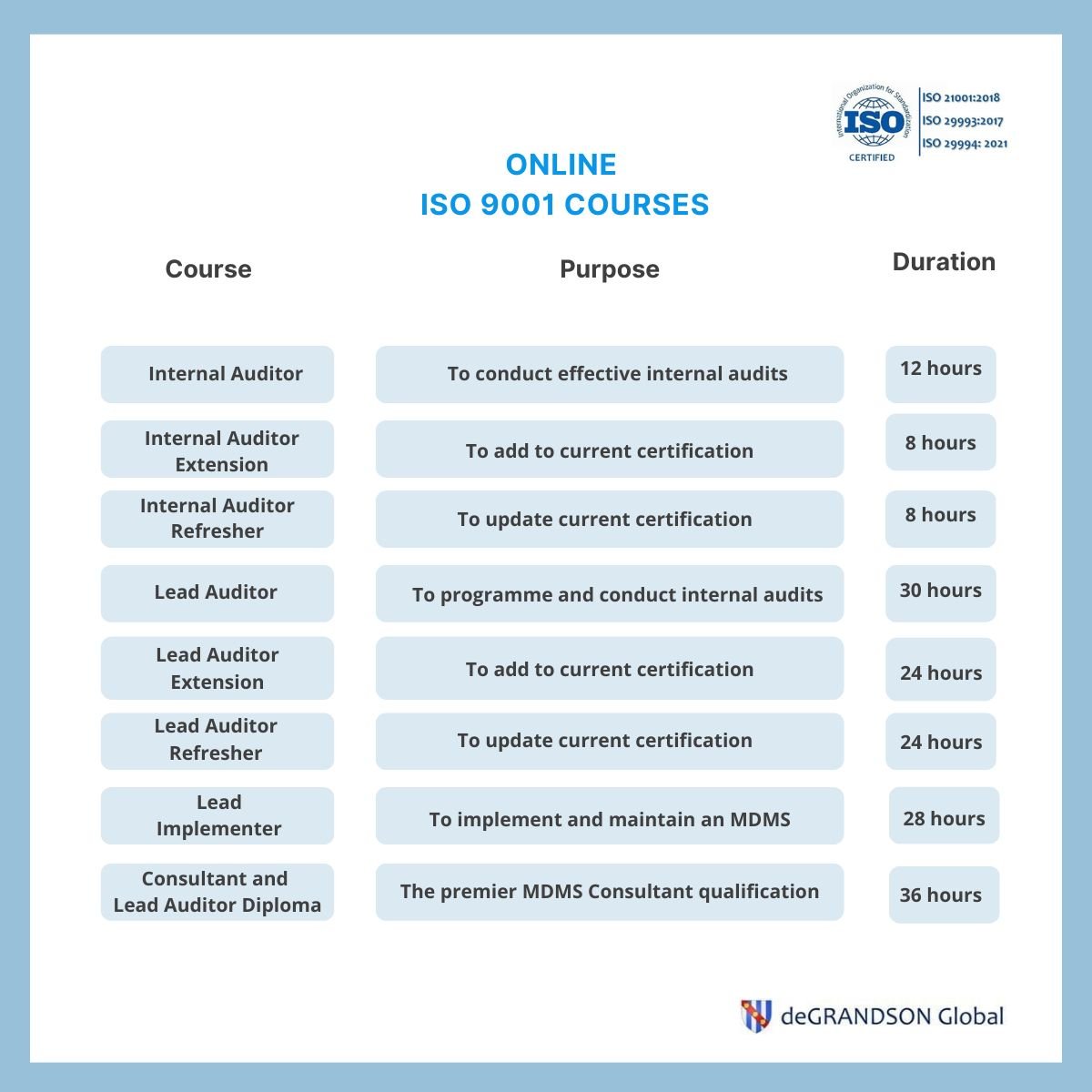
Step 5: Make a Decision
Now you can have an informed discussion with your top management and colleagues regarding ISO 9001 Certification for your organisation. Essentially, there are three options…
Option 1: Defer or drop the ISO 9001 Certification Project. This is the easy option, but here you forego the efficiencies and increased business that implementing and maintaining the Standard can bring.
Option 2: Proceed with the Project using your own resources alone. If your team is knowledgeable about management systems and has been deeply involved previously in implementing and maintaining a management system, this may be a viable option.
Option 3: Proceed with the Project with outside support. Please supplement your resources with the services of a Consultant or, if part of a multinational, the services of experienced colleagues from similar sites.
By the way, when you choose a consultant, please be careful. Engage only a consultant with experience in similar businesses to your own, and check out the references provided (a site visit or two may be helpful).
We wish you the best of luck and early success in securing ISO 9001 Certification.
Related Courses
Related Articles
- How to Get ISO 9001 Certification: A 33-Step Guide
- [Update] Seventeen official ISO 9001 Guidance Documents
- Free ISO 9001 Implementation Handbook (100+ pages)
- 6 Ways to Make the Most of a QMS Review
deGRANDSON Global is an ISO Certified Educational Organization
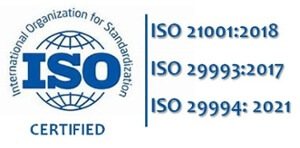 In
October 2021, we secured certification to three education-related ISO Standards. We now have a university-grade management system in place conforming to the requirements of …
In
October 2021, we secured certification to three education-related ISO Standards. We now have a university-grade management system in place conforming to the requirements of …
We have chosen ISO 21001 certification because it is based on independent third-party assessment, unlike IRCA and Exemplar badges (which we believe are commercially compromised). It is a ‘university grade’ standard globally by schools, colleges, and universities to demonstrate competence.
